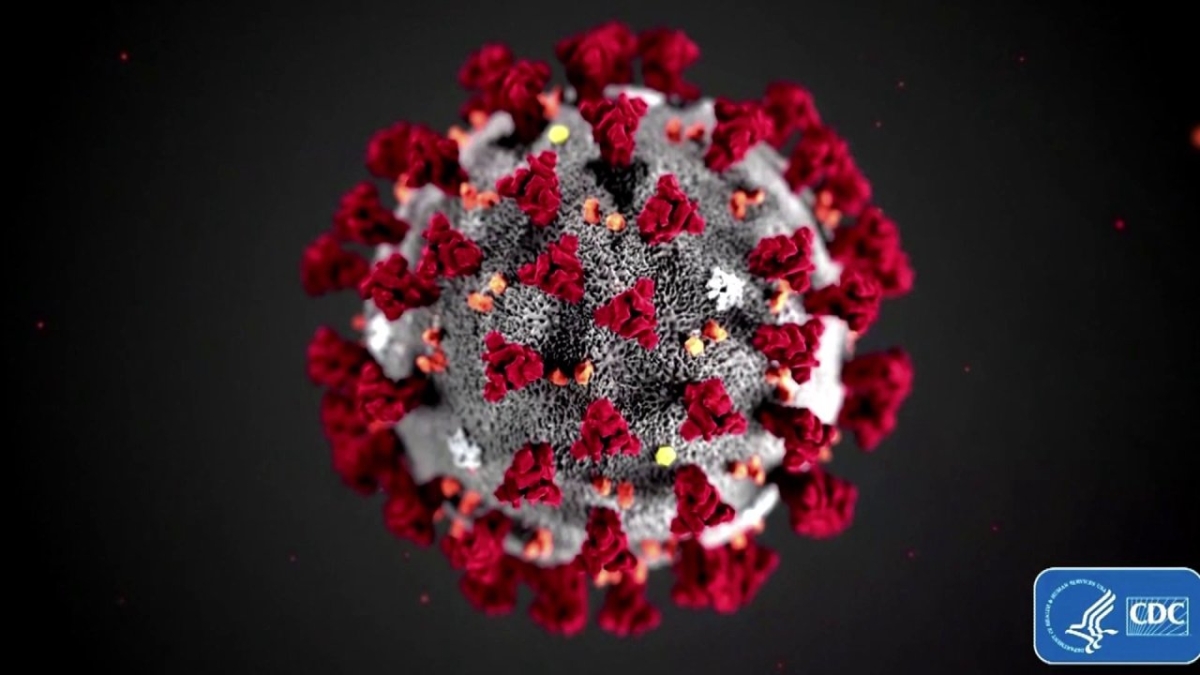Social distancing is flattening the curve of coronavirus in Arizona, according to a team of Arizona State University experts, but they expect the disease to spread if restrictions are lifted.
An Arizona Department of Health Services report released last week shows that government actions to limit the spread of the virus have worked, preventing a surge of patients who would have overwhelmed the health care system.
“We’re not out of the woods yet,” said Timothy Lant, an expert in pandemic modeling and response at ASU. “We’re now in a period where careful management of distancing in the form of policy orders for opening businesses slowly is required in order to achieve the goals of not overrunning the health care system.”
There are still a significant number of coronavirus cases in the community and the proportion of positive cases continue to rise, indicating testing remains inadequate.
“We have been very successful in flattening this curve,” said Esma Gel, a mathematician in the School of Computing, Informatics, and Decision Systems Engineering who worked on the report. “It has worked. The numbers are manageable now.”
However, “we have to be careful,” Gel said.
If restrictions are lifted completely and transmissions resume, an increase in cases is expected, according to Lant.
“We are getting information from the testing and the information that we’re getting is that there’s still a pretty considerable amount of disease prevalence,” he said.
There are a lot of unknowns right now, said Megan Jehn, a member of the global health faculty in the School of Human Evolution and Social Change with a doctorate in clinical epidemiology who worked on the report. The most significant is the number of people who have the disease but aren’t showing signs of it.
“To calculate a fatality rate, you have to divide the number of people who have died from the disease by the number of people infected with the disease,” Jehn said. “Currently, we don’t have a reliable estimate for the number infected because we have a significant number of mild or asymptomatic infections and not everyone who is sick is getting a test. This asymptomatic rate also has wide ranging implications for what we know about how the virus is spreading, what containment strategies might be effective, and how many people might already be immune.”
Experts don’t know which strategies, such as social distancing and school closings, are having the biggest impact on the spread of the virus.
The group is going through the process of systematically identifying how safe it is to reopen various businesses over time. Reopening will have to be balanced in a way that balances risk of infection with social and economic costs.
Reopening will be “measured,” Lant said. “It’s best to err on the side of caution.”
Whether the number of cases rises or falls is dependent on a number of factors, Jehn said.
“Unfortunately, this is highly dependent on how we quickly we reopen, how compliant the population is with social distancing and what resources are available for testing, contact tracing and isolation,” she said. “Most experts tend to agree that there will be a second wave in the fall.”
All projections are based on a dynamic disease transmission model developed by the team for the purpose of estimating coronavirus transmission in Arizona. The team’s goal is to provide a tool for the health department that is useful in making challenging policy decisions about community mitigation strategies.
The “best use of these models is to basically guide decision-making a little bit in terms of, should we open carefully? This is how things could go,” Gel said.
“It’s a work in progress,” she said.
Top image: COVID-19 virus. Courtesy of Centers for Disease Control.
More Science and technology

Student exploring how AI can assist people with vision loss
Partial vision loss can make life challenging for more than 6 million Americans. People with visual disabilities that can’t be remedied with glasses or contacts can sometimes struggle to safely…

Newly identified viruses found in dolphins
In a new study, researchers from Arizona State University together with national and international collaborators have identified anelloviruses in dolphins for the first time. Anelloviruses are a…
ASU Interplanetary Lab celebrates 5 years of success
Five years ago, an Arizona State University student came up with the idea of creating a special satellite in what was then the newly built Interplanetary Laboratory. The idea was to design…
